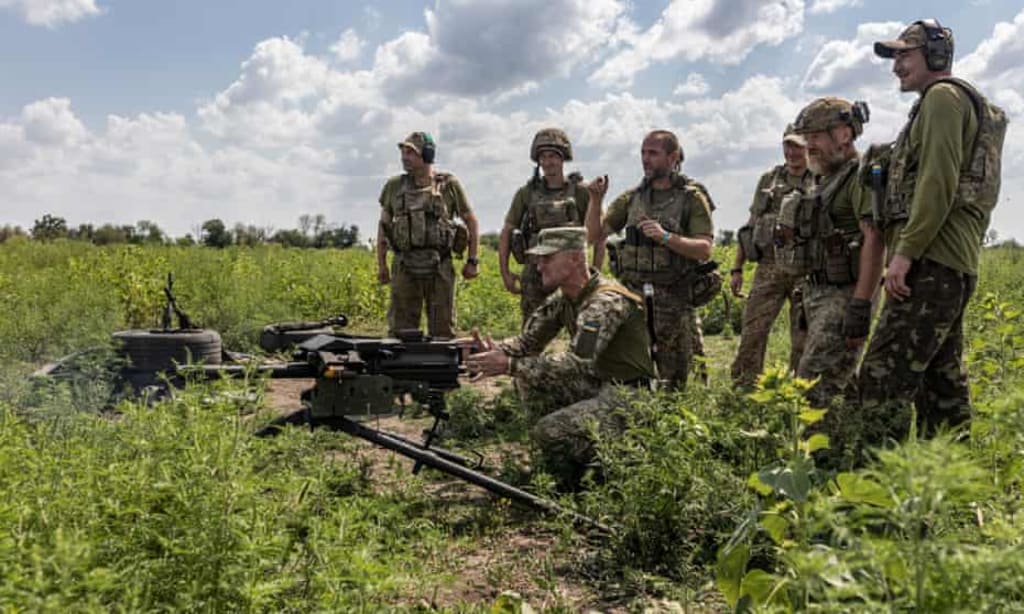Ukraine
The history of the war in ukraine

The history of the conflict in Ukraine is complex and spans several phases, involving political, ethnic, and territorial disputes. The most significant and well-known phase of this conflict began in 2014 with the annexation of Crimea by Russia and the subsequent war in eastern Ukraine. Here's an overview of the key events:
Background and Euromaidan (2013-2014): The conflict's origins can be traced back to Ukraine's historical ties to both Europe and Russia. In late 2013, protests known as the Euromaidan movement erupted in response to then-President Viktor Yanukovych's decision to abandon an agreement with the European Union in favor of closer ties with Russia. The protests grew into a broader movement demanding democratic reforms, an end to corruption, and stronger ties with Europe.
Annexation of Crimea (February-March 2014): Amid the turmoil of the Euromaidan protests, Russia capitalized on the situation by annexing Crimea, a region with a Russian-speaking majority and a historically important Russian naval base in Sevastopol. The annexation was widely condemned by the international community and resulted in tensions between Russia and Western countries.
War in Eastern Ukraine (2014-Present): Following the annexation of Crimea, pro-Russian separatist movements emerged in eastern Ukrainian regions like Donetsk and Luhansk. These regions, collectively referred to as Donbas, declared independence from Ukraine, leading to armed conflicts between Ukrainian government forces and separatist militias. The Ukrainian government accused Russia of providing military support to the separatists, a claim Russia denied (despite evidence to the contrary).
Downing of MH17 (July 2014): Malaysia Airlines Flight MH17 was shot down over eastern Ukraine, killing all 298 people on board. International investigators concluded that the plane was hit by a Russian-made missile fired from separatist-controlled territory. Russia and the separatists denied responsibility.
Minsk Agreements (2014-2015): Multiple ceasefires and peace agreements were attempted, with the most notable being the Minsk agreements in September 2014 and February 2015. These agreements aimed to de-escalate the conflict and establish a peaceful resolution, but they were often violated by both sides.
Ongoing Conflict and Humanitarian Crisis: Despite various attempts at peace, sporadic fighting continued in eastern Ukraine. The conflict resulted in a humanitarian crisis, displacement of civilians, and significant loss of life on both sides. The region's infrastructure and economy were severely affected.
International Response: The conflict strained relations between Russia and Western countries, leading to economic sanctions imposed on Russia by the United States and the European Union. These sanctions aimed to pressure Russia to de-escalate the conflict and respect Ukraine's territorial integrity.
Diplomatic Efforts: Diplomatic efforts, involving various parties including the Organization for Security and Co-operation in Europe (OSCE), Russia, Ukraine, and the separatists, have continued in an attempt to find a peaceful resolution to the conflict. However, as of my knowledge cutoff in September 2021, a comprehensive resolution had not been achieved, and sporadic clashes were still occurring in the eastern regions.
Finding a sustainable solution to the conflict in Ukraine is a complex and challenging task that requires the cooperation and commitment of all parties involved. While no single solution can guarantee an end to the conflict, there are several elements that could contribute to a potential resolution:
Ceasefire and Disengagement: A lasting ceasefire is crucial to halt the fighting and prevent further loss of life. Disengagement of forces from the front lines, monitored by neutral international observers, could help create a more stable environment.
Diplomatic Negotiations: Continued diplomatic efforts involving all relevant parties, including Ukraine, Russia, the separatists, and international organizations such as the OSCE, are essential. Negotiations should aim to address the root causes of the conflict and find a political solution that respects Ukraine's territorial integrity while also addressing the concerns of different communities within the country.
Implementing the Minsk Agreements: The Minsk agreements, which were signed in 2014 and 2015, outline a roadmap for resolving the conflict through a series of steps including a ceasefire, withdrawal of heavy weapons, and political reforms in the separatist-held areas. Full and sincere implementation of these agreements could provide a framework for a peaceful resolution.
Autonomy and Decentralization: A solution could involve granting more autonomy and decision-making power to the regions within Ukraine, while ensuring that the country remains unified. This could address the concerns of the ethnic Russian population in the eastern regions and provide a framework for coexistence.
Economic Development and Reconstruction: A comprehensive plan for economic development and reconstruction in the conflict-affected regions could help rebuild infrastructure, create jobs, and improve living conditions. This could help address some of the underlying economic grievances that have fueled the conflict.
Humanitarian Assistance: Ensuring access to humanitarian aid for the affected populations is crucial. This includes providing essential services, healthcare, and support for displaced persons.
International Mediation: The involvement of neutral international mediators and peacekeeping forces could help build trust among the parties and provide a buffer zone between conflicting forces.
Public Diplomacy and Reconciliation: Efforts to promote reconciliation among different communities within Ukraine are essential. This involves addressing historical grievances, promoting interethnic dialogue, and fostering a sense of national unity.
International Support and Sanctions: The international community, including the European Union, the United States, and other stakeholders, should continue to support Ukraine's sovereignty and territorial integrity while engaging in diplomatic initiatives and, if necessary, maintaining or intensifying sanctions against parties that violate international norms.
Long-Term Commitment: Achieving a sustainable solution will require a long-term commitment from all parties involved. Patience, perseverance, and ongoing dialogue will be necessary to address the complex issues underlying the conflict
It's important to note that the situation is complex and constantly evolving. For the most up-to-date information, it's recommended to consult recent news sources or official statements from relevant international organizations.






Comments
There are no comments for this story
Be the first to respond and start the conversation.